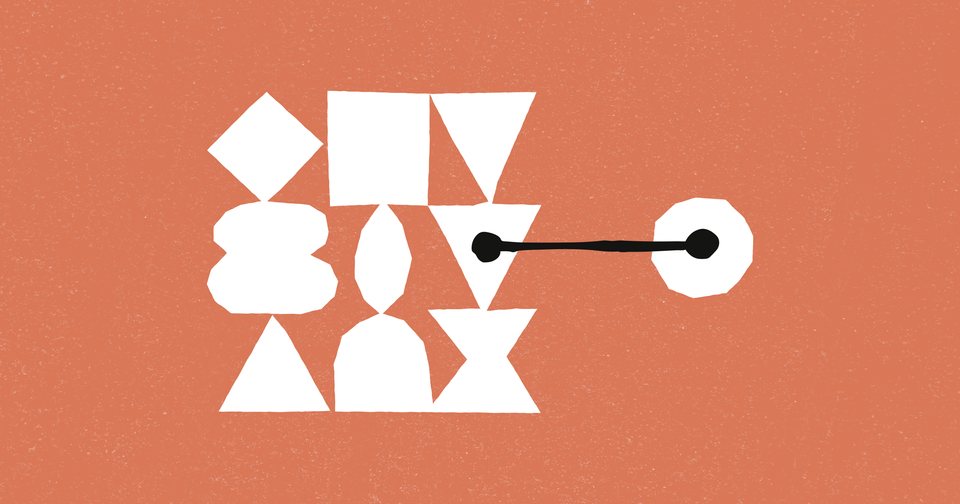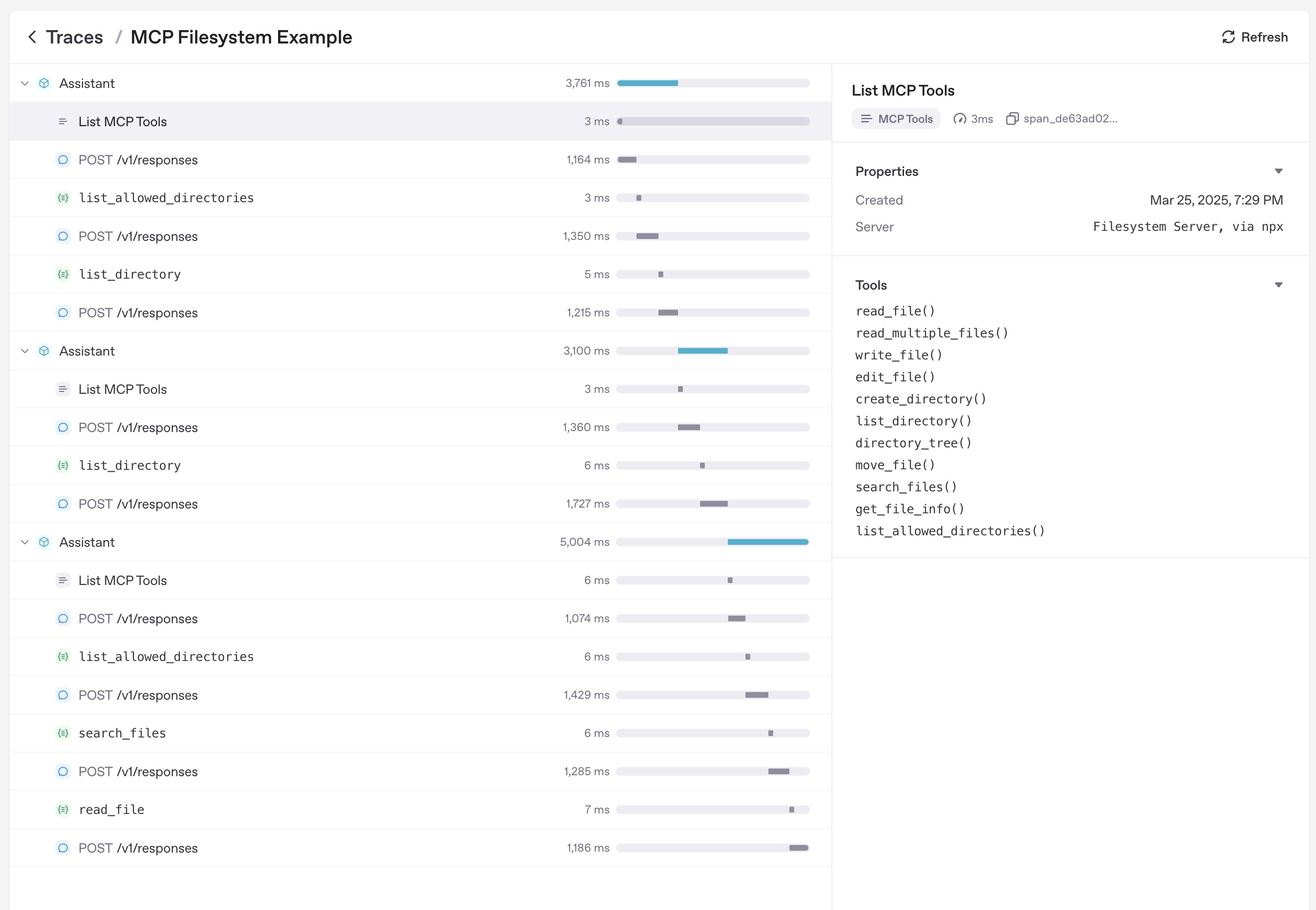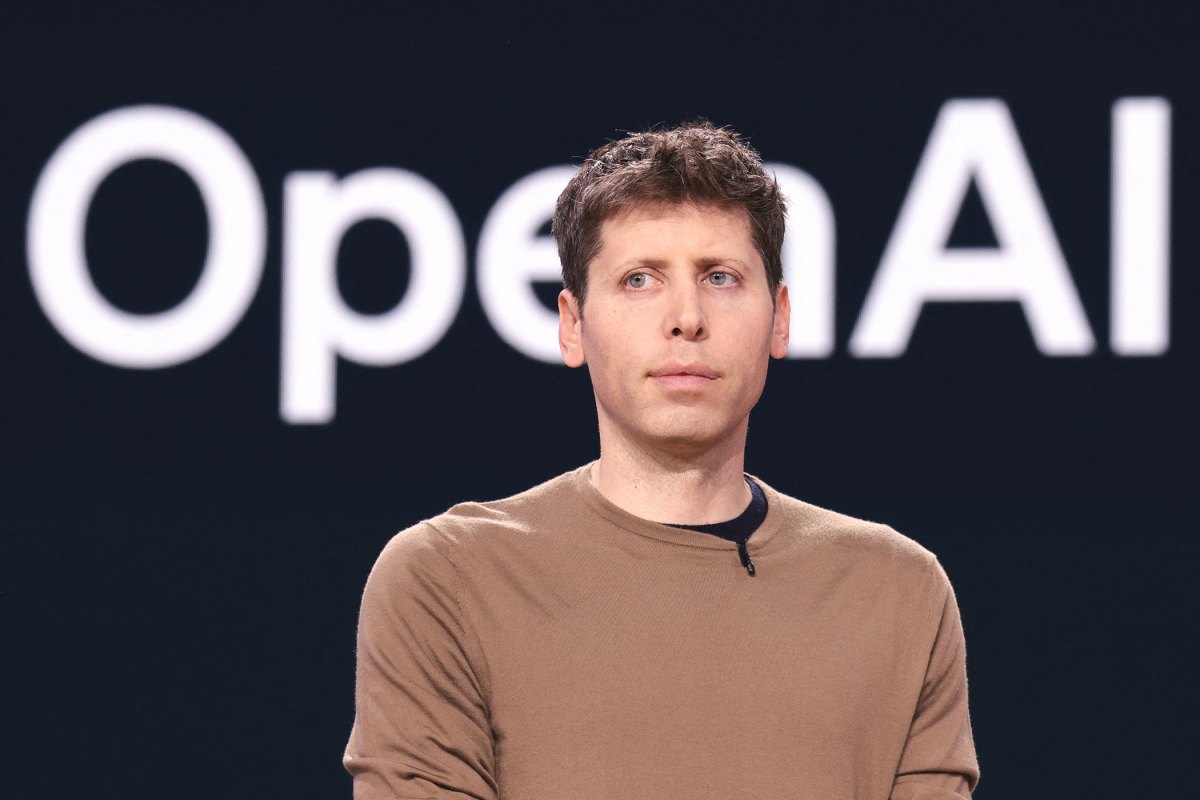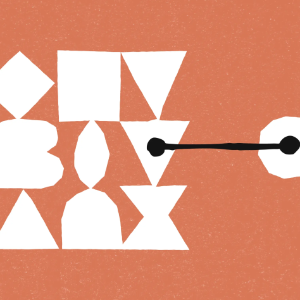Designing in the Age of MCP: A Shift from Apps to Tools

In the evolving world of design, we’re entering a phase where the traditional approach to building apps is being challenged. Instead of focusing on full-stack products, we’re now designing tools (more like systems) where models are the primary users, and humans act as co-pilots. This shift isn’t about creating a different type of product anymore, it’s about completely rethinking how we design, interact with, and experience technology.
MCP has only been around for a few months, which in AI time feels like forever. I’m by no means an expert, but here’s where I’ve landed so far in my own exploration.
What is Model-Centric Product Design?
At the heart of MCP is a simple yet transformative idea: rather than designing products for people to interact with directly, we build tools that empower models (AI systems) to carry out tasks autonomously, make decisions, and manage workflows. These tools are often invoked by models rather than operated manually by humans.
In this new era, the focus is on contexts rather than UI. Models and agents (digital entities like LLMs, AI copilots, or autonomous systems) are now the primary users of the systems we design. Humans interact with these systems in co-pilot roles, helping guide, oversee, and adjust actions that the models take, but not necessarily driving every detail.
This paradigm shift requires us to think beyond building traditional apps with buttons, menus, and screens. Instead, we create shared environments, data-rich systems, and dynamic action layers where models operate with flexibility, learning, and contextual intelligence.
Easy, right?
It took me a few days to process this fully and get my head around what this shift means, so I advise taking some time to let it percolate. In a nutshell:
👉 Traditional app: “Give me inputs (filters, search terms), I’ll give you outputs.”
🤖 MCP-first app: “I understand your intent, tone, and full context. Let me collaborate with you as an agent, not a tool.”
Why the Shift Matters for Designers
As a designer, this shift opens up new possibilities for how we approach our work. Instead of focusing on just building user interfaces, you’ll be designing environments where models operate. This calls for a mindset shift:
- From Interaction to Invocation: Traditional apps are about interaction (clicking buttons, navigating screens etc...). In the MCP world, we design tool surfaces that models invoke. Models are the ones executing actions based on high-level commands, and our job is to make sure that these tools are intuitive and capable of handling model-driven tasks.
- From UI to Context: While UI is transient (it changes and adapts), context is persistent. Models need access to rich, structured data and a shared context to make decisions. As designers, our role shifts toward ensuring that the system provides contextual awareness to models (helping them make informed decisions, understand workflows, and take relevant actions).
- From Static to Dynamic: In the MCP era, shared execution layers allow models to learn, adapt, and evolve over time. As designers, we need to create systems that allow models to change their behavior, respond to feedback, and evolve their actions as they gain more data.
What MCP Can Do (And What It Means for Designers)
MCP tools are not just about automating manual tasks. They empower models to act autonomously, learn, and adjust based on a rich understanding of context.
Here’s some things MCP systems can do:
1. Automate Decision-Making
Models can analyze data, detect trends, and automatically take action based on defined parameters. As designers, we can focus on making sure that the data and workflows are structured in a way that models can understand and act on.
2. Coordinate Across Agents
MCP systems allow multiple models to coordinate with one another. For example, one model might handle data ingestion, while another works on analysis. Both models would need to share context and interact with each other. As designers, we're now creating multi-agent coordination tools instead of simple user workflows.
3. Continuous Learning
Instead of static systems that require manual updates, MCP tools can evolve by learning from the context in which they operate. As designers, we'll need to create systems where models can “learn” from data patterns, feedback loops, and user input, becoming more effective over time.
The Mindset Shift: From Apps to Tools
We need to adapt our thinking from building static apps (where users are in control) to designing dynamic tools (where models are the primary users). Here’s how I'm approaching this transition in mindset:
- Focus on the affordances of the tool rather than the visual design of the app. How does the model interact with the data? What are its needs in terms of understanding, processing, and taking actions?
- Consider context as your core design element. Models rely on rich, structured context to operate effectively. My job is to ensure that context is continuously updated, available, and relevant to the tasks at hand.
- Build with flexibility in mind. The system I design should allow models to adapt, learn, and take different actions based on evolving data, signals, and outcomes.
A few fun examples I've been thinking about:
Airbnb:
👉 Current mindset: A marketplace to list and book short-term rentals, driven by user reviews and search filters.
🤖 MCP-first mindset: A travel concierge powered by rich contextual understanding of you and your intent.
“Don’t search for places. Tell me your vibe: ‘I want a cozy cabin for writing poetry and drinking tea with mountain views, pet-friendly.’ The AI understands your tone, parses images you upload for moodboards, and auto-recommends 3 perfect spots. It even suggests playlists, outfits, and travel companions based on your digital context.”
Netflix:
👉 Current mindset: Browse movies/shows by genre, algorithmic recommendations.
🤖 MCP-first mindset: A deeply personalized story engine that feels your mood.
“Instead of browsing, you upload a selfie, or journal entry, or just say: ‘I had a rough day, I want to feel seen but not cry too hard.’ The AI instantly selects or assembles a mini-series tailored to your emotional state, even adjusting the narrative based on your reactions.”
Amazon:
👉 Current mindset: Search → Add to cart → Buy.
🤖 MCP-first mindset: Curated, context-aware shopping without you even asking.
“After you casually mention in a group chat, ‘I really need to reorganize my desk,’ it shows up with desk accessories that match your home aesthetic, your habits, and your space (gleaned from a few old photos).”
Designing for the Future
MCP is a redefinition of the relationship between humans, models, and technology. As designers, this shift offers exciting opportunities to create systems that are more intelligent, more adaptable, and more efficient.
By embracing a tool-first mindset and focusing on empowering models with rich context, flexible workflows, and actionable insights, we can build the next generation of products that don’t just serve people: they empower intelligent systems to drive meaningful change.
Are you ready to start designing for models? The future of design is here, and it’s all about context, collaboration, and models.
Resources:
















